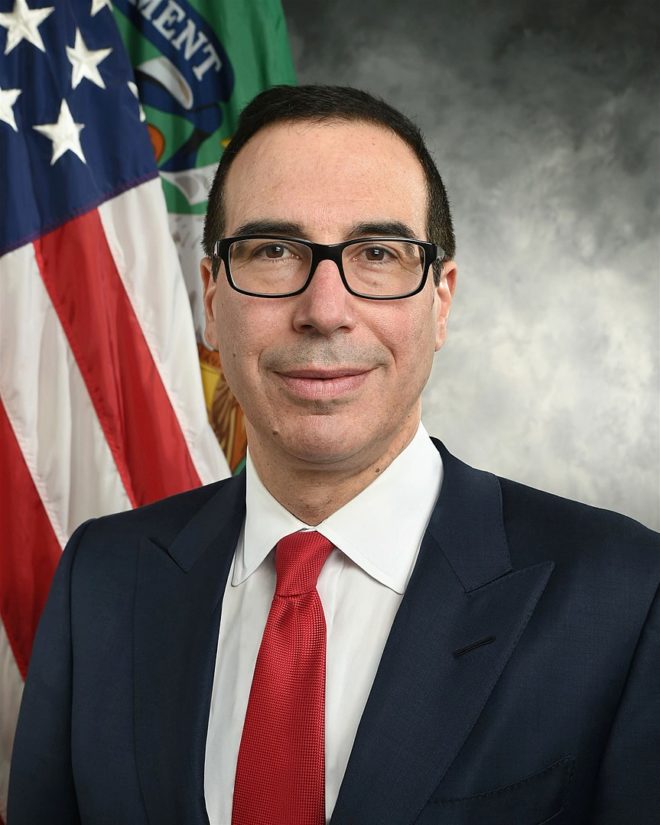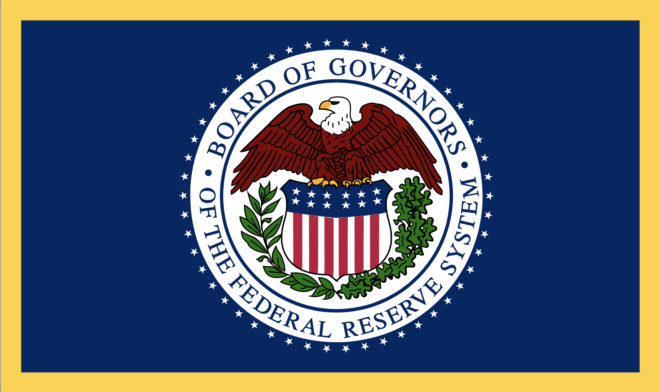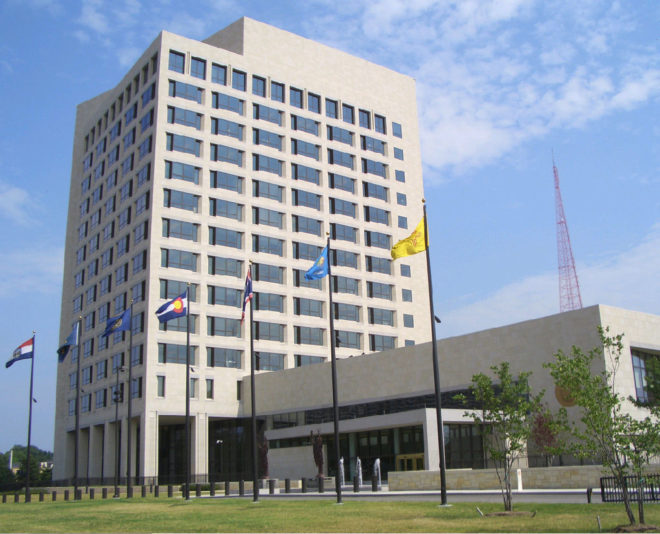Why Restaurant Mortgages and Rent Payments Are Still Expensive

U.S. Treasury Secretary Steven Mnuchin
Many restaurant owners wonder why their mortgages and rent payments have not declined in line with decreased demand for restaurant real estate. Presumably, with seated diners down 99% in April and currently still 55% lower than last year, demand for restaurant buildings must have declined more than a couple percentage points. Commercial real estate deals dropped 79% in May compared to the prior year, with the velocity of property transactions at their lowest rate since 2010.
However, even with a retail mortgage delinquency rate of 18% as of June, prices are not falling very much. The explanation is that the federal government is supporting real estate prices.
This year, the government has already printed $2.6 trillion and is on its way to print at least another $1 trillion. That number is precisely double the value of stimulus during the Great Recession.
Starting in the mortgage crisis of 2008 and subsequent five years, the federal government passed $1.8 trillion in total stimulus, or half of this year’s stimulus.
Where has that stimulus gone? Mostly into supporting real estate prices.

Flag of the U.S. Federal Reserve
The Federal Reserve directly purchased over $1.4 trillion ($1.9 trillion today versus $500 billion pre-coronavirus) of mortgage-backed securities this year and has “plenty of ammunition left,” according to its Chairman Jerome Powell. The Treasury also wrote every mortgage-paying American a $1,200 check to make sure they kept paying their bills, most of which are mortgage and rent payments. Most of the funds from the Small Business Administration’s $659 billion Paycheck Protection Program made their way into mortgage and rent payments via furloughed workers who kept receiving payroll. Finally, Steven Mnuchin has over $1.2 trillion in a discretionary America’s Checkbook, much of which will also go into supporting mortgage borrowers’ cash flow.
Although real estate prices allegedly reflect supply and demand, in reality, the government backstops real estate. Like big banks, real estate is too big to fail.
The value of U.S. real estate exceeds $50 trillion by some estimates. Real estate is by far the country’s most valuable asset, dwarfing the next biggest asset of U.S. public companies whose combined market capitalization exceeds $30 trillion.
The total wealth of the U.S. is over $100 trillion, an impressive 30% of the world’s assets. The balance of that $100 trillion not composed of real estate ($50 trillion) and public companies ($30 trillion), are federal and private assets such as non-public companies.

The Federal Reserve Bank Building of Kansas City
Consider just two companies, Fannie Mae and Freddie Mac, which hold roughly $6 trillion in mortgages. Combined, they are the largest company in the U.S. by asset base. Shareholders of these companies have been lobbying for them to be released from government conservatorship, and officials connected to President Donald Trump have successfully pushed forward with this agenda.
When President Trump unexpectedly won the 2016 election, the share prices of both Fannie Mae and Freddie Mac more than doubled in the immediate aftermath, rewarding hedge fund proponents.
Fannie Mae and Freddie Mac preferred shares remain more than twice as elevated today, as immediately before President Trump’s surprise victory.
Due to their large asset base, the companies need approximately $180 billion for a capital buffer against future calamities before they can exit conservatorship. The U.S. Treasury and the related Federal Housing Finance Agency assisted these companies in building up over $25 billion to date. The companies are on track to build capital and eventually reward their shareholders by consent decree, even if President Trump loses his reelection in 2020.
Photos by U.S. Federal Reserve, Public Domain, Public Domain; United States Department of the Treasury, Public Domain


Leave a Reply